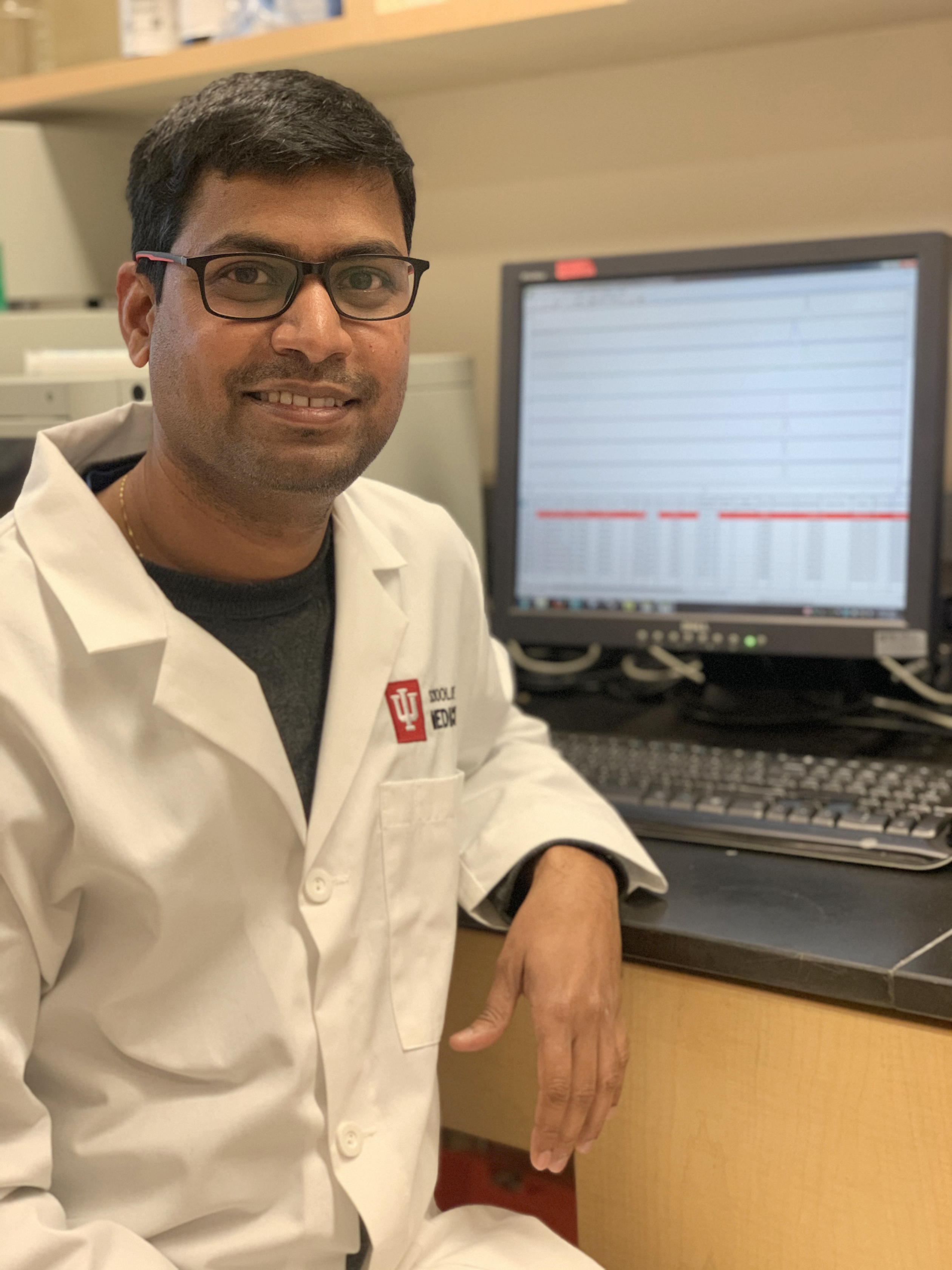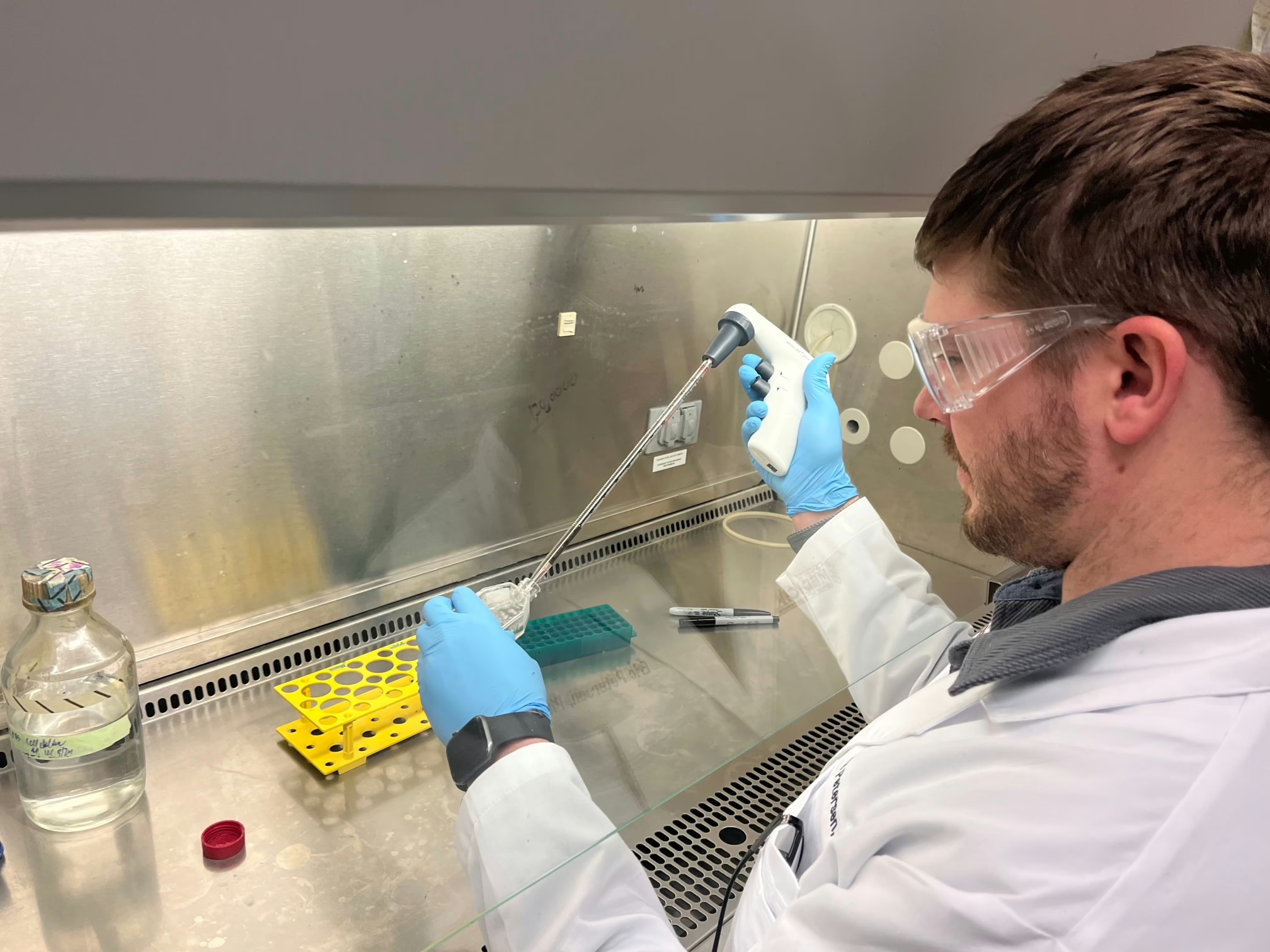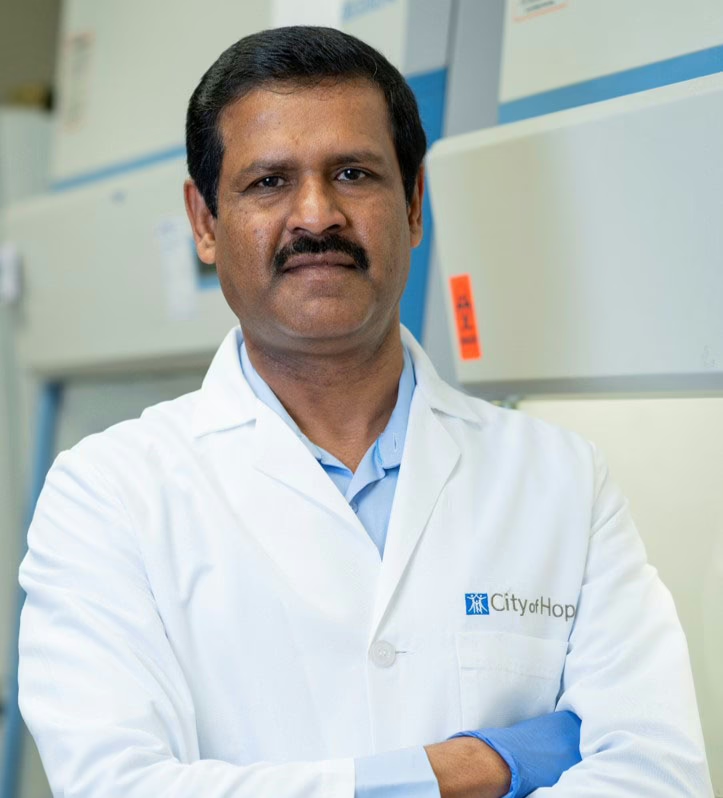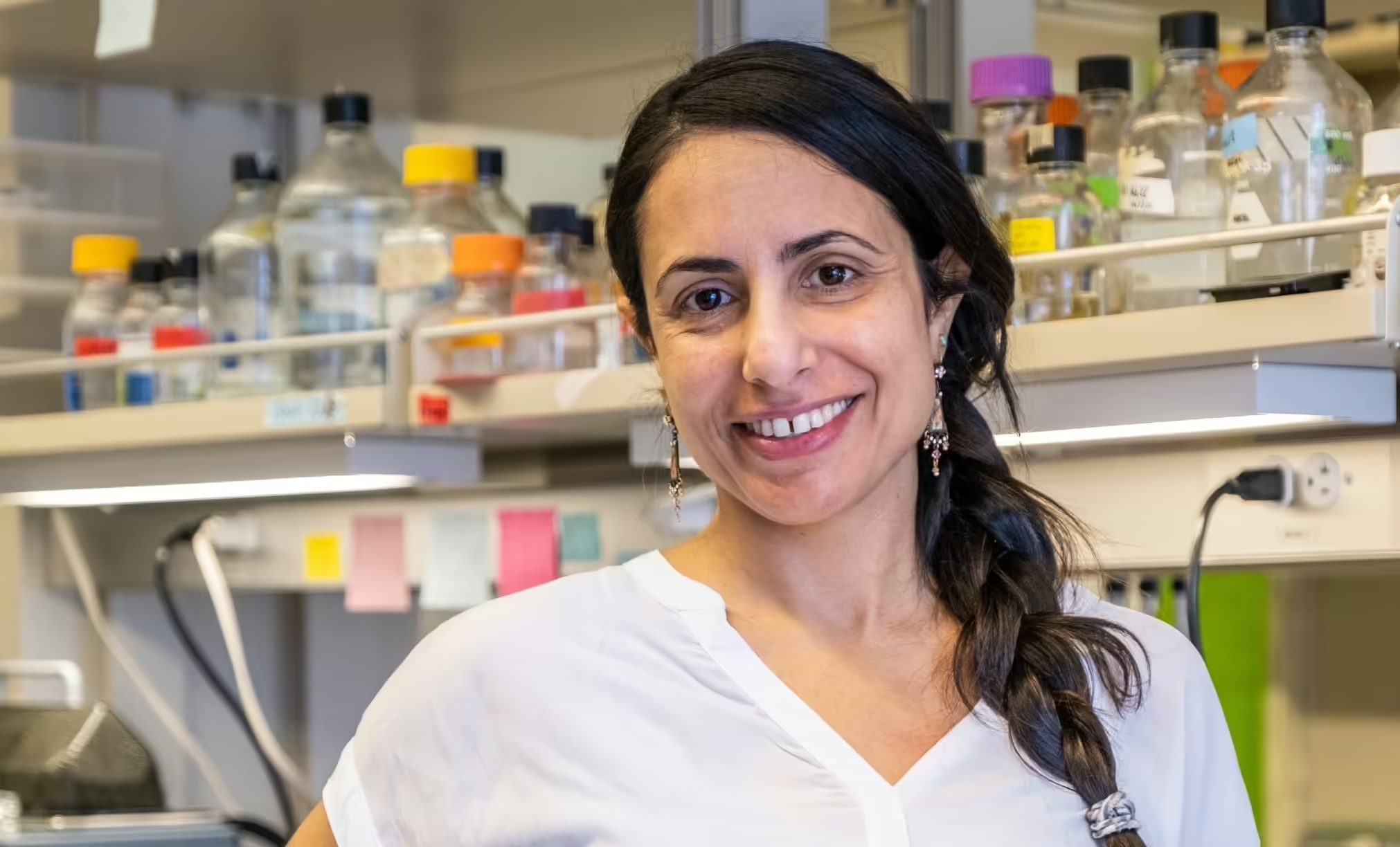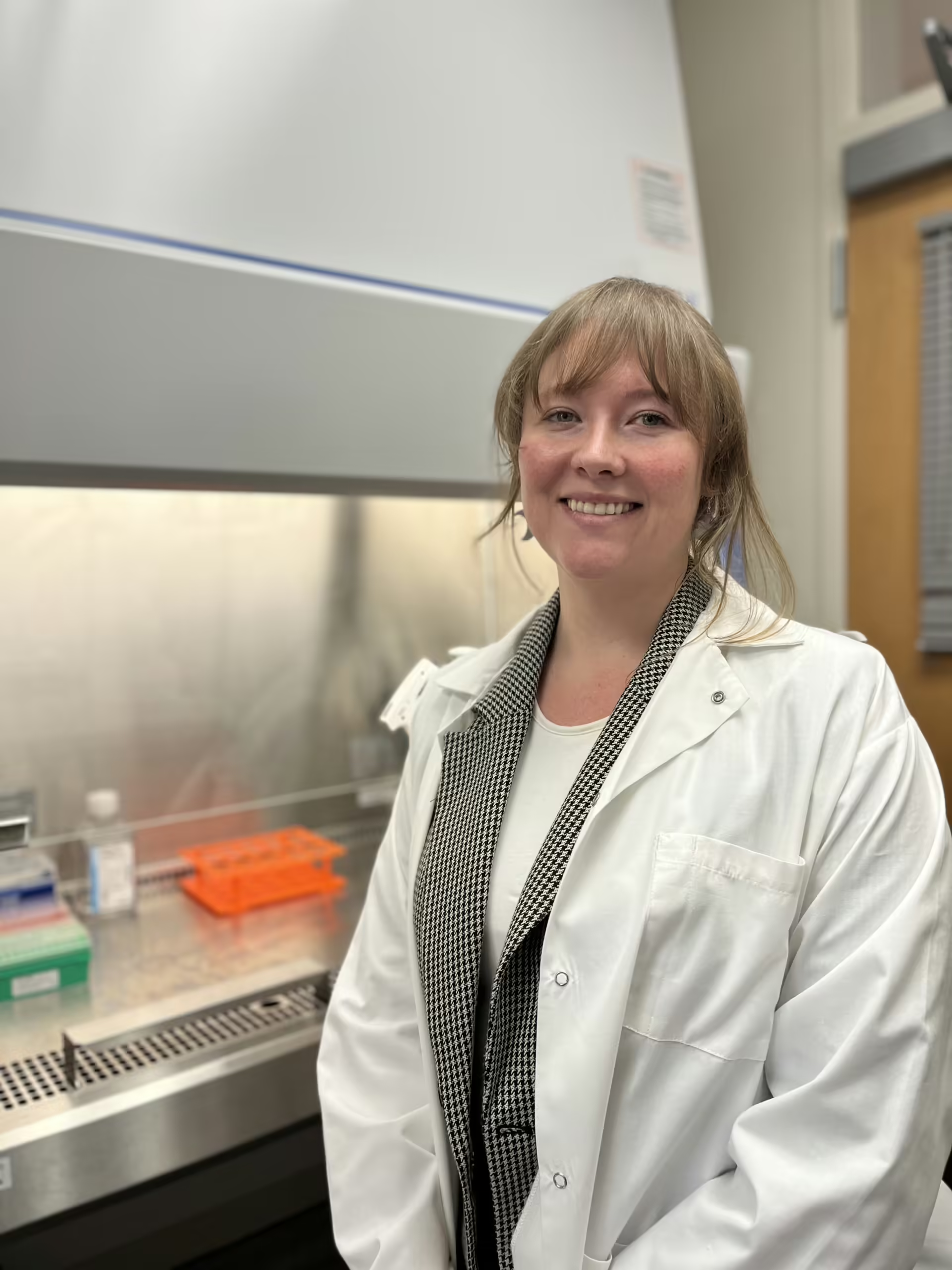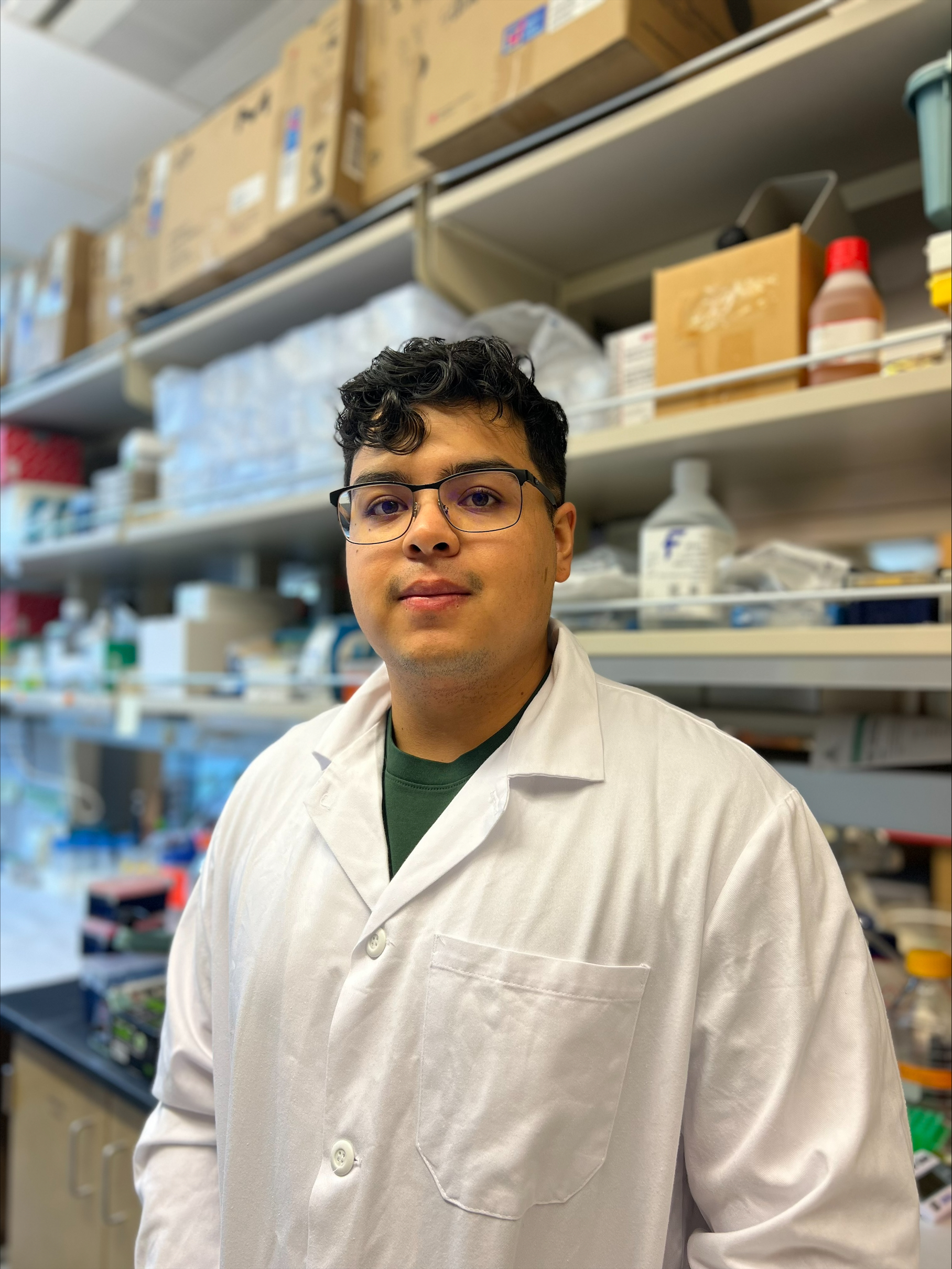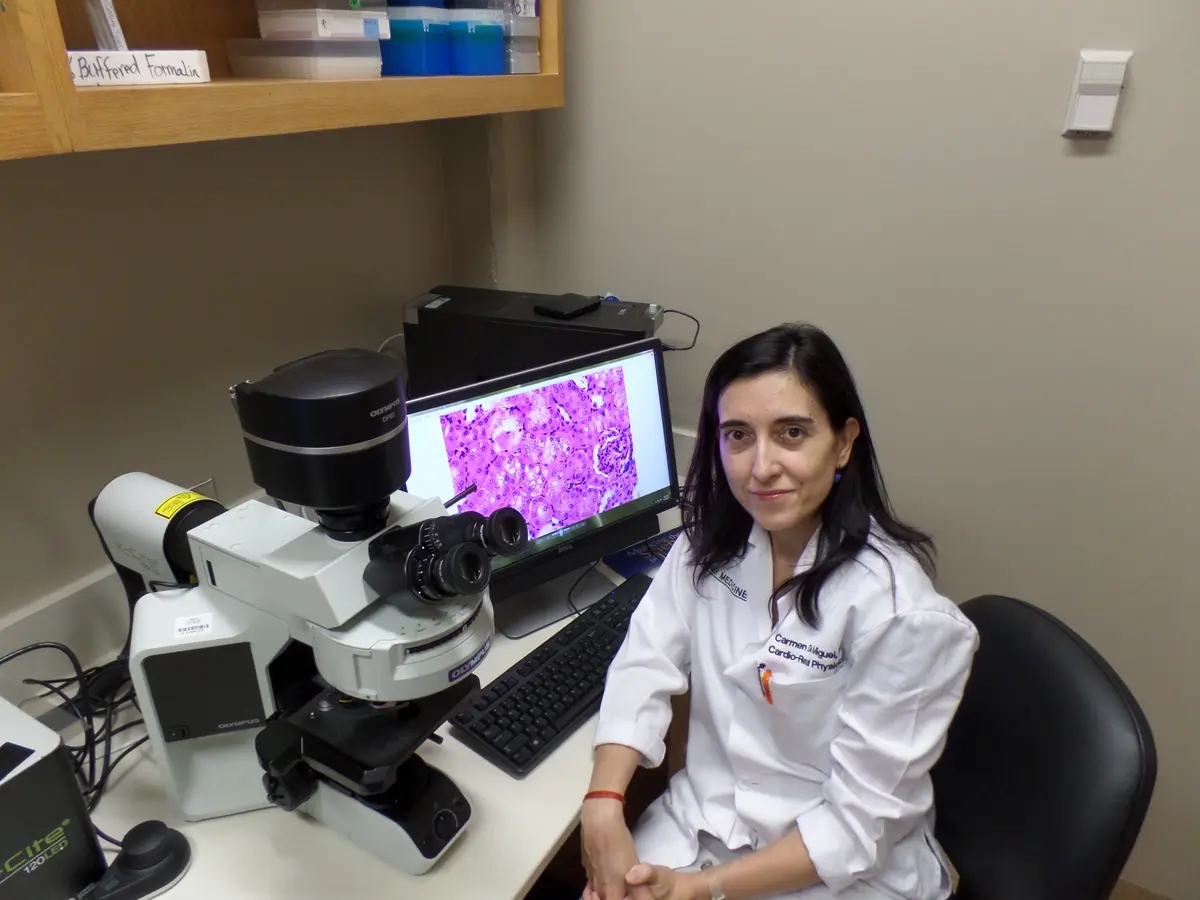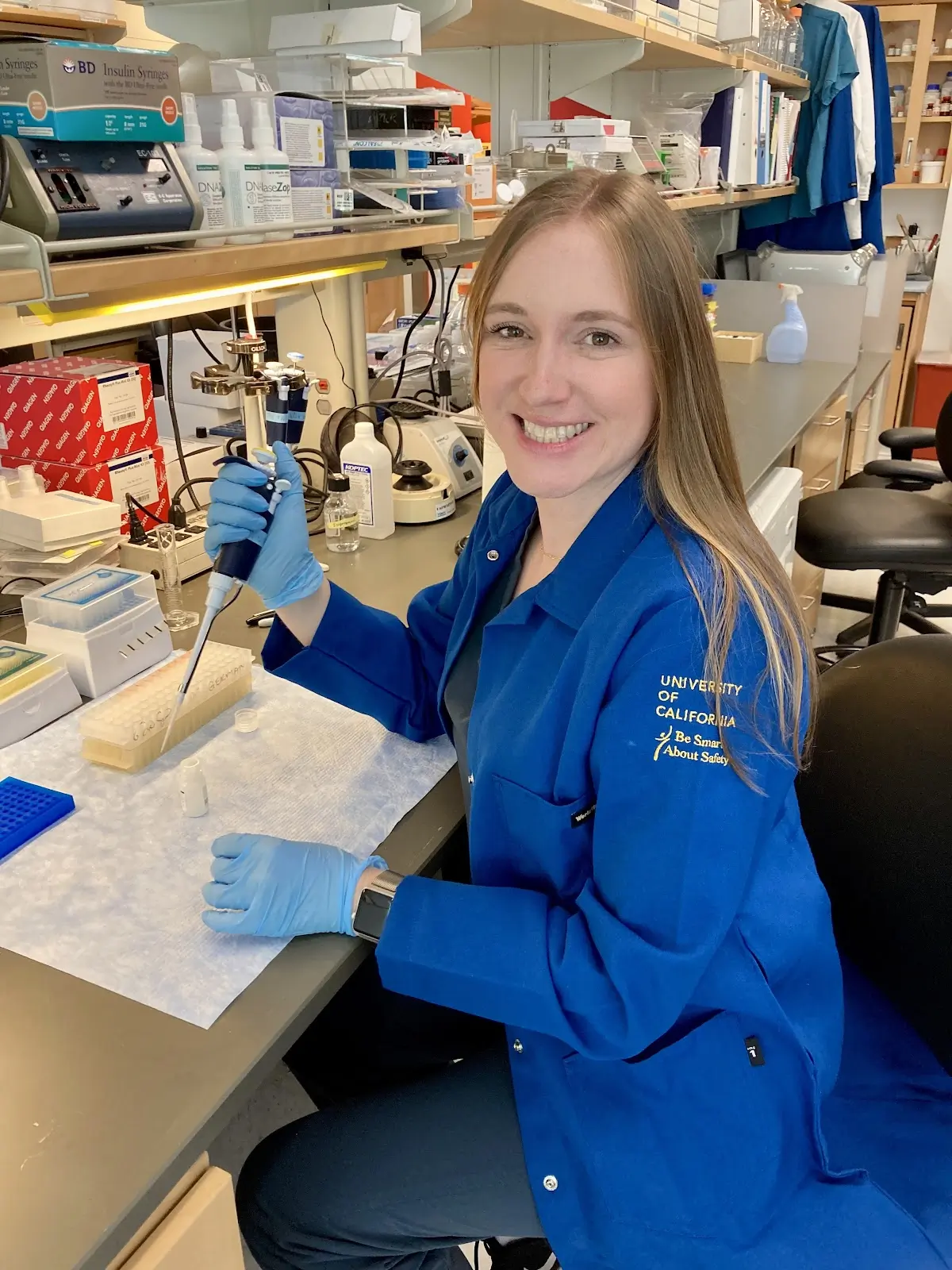Final Project Update
Thank you for supporting my project, “Engineering an Insulin/Glucagon Fusion Protein”. In this report, I am excited to share the success of our preliminary studies carried out toward the development of smart insulin candidates. Our overarching goal in this project is to develop ultra-stable glucose-responsive insulin (GRI) analog to address an unmet clinical need: the ever-present threat of hypoglycemic episodes.
Our strategy envisions ultra-stable fibrillation-resistant dual-hormone fusion proteins containing an N-terminal “stapled” glucagon analog and a C-terminal single-chain insulin (SCI) analog. The molecular logic of this proposal exploits a physiological switch in the hormonal responsiveness of the liver depending on the state of glycemia. Under conditions of incipient hypoglycemia, the glucagon moiety (as a counterregulatory hormone) will buffer further declined in blood-glucose concentration, whereas under conditions of incipient hyperglycemia insulin action will predominate.
As a first step, we generated a fibrillation-resistant glucagon analog that is “stapled” by a side-chain lactam bond was found 9-fold less potent than native glucagon in vitro. This difference in activity is necessary to allow insulin moiety to act fast and efficiently in the fusion protein. We also confirmed that the fibrillation resistance is maintained for at least one month either in the glucagon analog alone or when fused to an SCI. In the next step, we set out to confirm whether the insulin and glucagon moieties were active in vitro and in vivo when fused, as predicted by our models. Toward this goal, we generated four fusion proteins by combining active and inactive glucagon and SCI analogs. This resulted in the following molecules: active SCI/active glucagon, active SCI/inactive glucagon, inactive SCI/active glucagon, and inactive SCI/inactive glucagon fusion proteins. The glucagon activity of these four fusion proteins were evaluated in vitro on a cell-based assay which showed that the glucagon analog remains as active in the fusion protein or as alone, with similar potencies (EC50). The SCI activity in the fusion proteins were also evaluated in vitro with the same conclusion.
We have also evaluated the set of fusion proteins in normal and diabetic rats; the results indicate that both moieties are also active in vivo, although slightly less active than the analogs alone. This could be due to pharmacokinetics or physiological responses to the polypharmacology at play. Finally, in terms of blood glucose levels, our results in diabetic rats suggest that the doubly active fusion protein reaches higher lows when injected than the fusion protein carrying inactive glucagon. When high doses are used, the action is similar to the fusion protein that carries inactive glucagon. This effect is most likely due to early clearance of the fusion protein that allows for the strong insulin signaling to start, but at its peak one-hour after injection, glucagon (in the fusion protein) is not present anymore to act. Currently, we are working on a design that would remain in the blood longer, and we are planning hyperinsulinemic-euglycemic clamps to study the activities at different glucose levels. These clamp studies in rats will allow us to measure the glucose responsivity of our current design. It is possible that the insulin: glucagon activity ratio may need to be “tuned” to get to an ideal GRI response, for which we already have preliminary molecular designs.
The fusion protein that we are developing will be refractory to fibrillation and, therefore, amenable to use in soluble formulations, including insulin pump reservoirs. This protein will also elicit differential responses in the liver according to blood-glucose levels, making it a novel GRI therapeutic protein molecule. This project thus promises to advance the creation of a new treatment paradigm in T1D to confer long-term health benefits.
6-Month Project Update
Thank you for supporting my project, “Engineered Dual Insulin-Glucagon Agonist as a Novel Ultra-Stable GRI System”. I am pleased to share that this project has made promising progress toward “proof of principle,” and we have started to optimize the molecular design to get improved results. Our immediate goal in this project is to develop an ultra-stable glucose-responsive insulin (GRI) analog to address an unmet clinical need: the ever-present threat of hypoglycemic episodes.
Delivery devices for therapeutic peptides and proteins (such as patches, pens, and pumps) play critical roles in treating T1D and other diseases. Despite extraordinary advances in engineering in the past decade, device specifications continue to be constrained by the biochemical and biophysical properties of the biomolecules themselves. My project focuses on the design, synthesis, and characterization of a novel class of glucose-responsive insulin (GRI) analogs. Our strategy envisions ultra-stable fibrillation-resistant dual-hormone fusion proteins containing an N-terminal “stapled” glucagon analog and a C-terminal single-chain insulin (SCI) analog. The molecular logic of this proposal exploits a physiological switch in the hormonal responsiveness of the liver depending on the state of glycemia. Under conditions of incipient hypoglycemia, the glucagon moiety (as a counterregulatory hormone) will buffer further declined in blood-glucose concentration, whereas under conditions of incipient hyperglycemia insulin action will predominate.
During the preliminary work, we generated a fibrillation-resistant “stapled” glucagon analog that carries a side-chain to side-chain lactam bond and that it is 100-fold less potent than native glucagon. This difference in activity is necessary to allow insulin moiety to act fast and efficiently in the fusion protein. Currently, we have confirmed that the fibrillation resistance is maintained for at least one month either in the glucagon analog alone or when fused to an SCI. The next step was to make sure the insulin and glucagon moieties were active in vitro and in vivo when fused, as predicted by our models. To do this, we generated four fusion proteins between active and inactive glucagon and SCI analogs. Namely, we synthesized and purified an active SCI/active glucagon, active SCI/inactive glucagon, inactive SCI/active glucagon, and inactive SCI/inactive glucagon fusion proteins. The glucagon activity of these four fusion proteins was evaluated in vitro on a cell-based assay which showed that our glucagon analog remains as active in the fusion protein as alone, with similar potencies (EC50). The SCI activity in the fusion proteins was also evaluated in vitro with the same conclusion. We are currently evaluating the set of fusion proteins in normal and diabetic rats; preliminary results indicate that both moieties are also active in vivo. However, there are signs that their individual activity is decreased compared to the analogs alone. This could be due to pharmacokinetics or physiological responses to the polypharmacology at play. Finally, in terms of blood glucose levels, our preliminary results in diabetic rats suggest that the doubly active fusion protein reaches higher lows when injected than the fusion protein carrying inactive glucagon. But, we would need to test higher doses to see actual protection from hypoglycemia. Our future plans also involve clamp studies in rats to measure the glucose responsivity of our current design. It is possible that the insulin:glucagon activity ratio may need to be “tuned” to get to an ideal GRI response, for which we already have preliminary molecular designs.
The fusion protein that we are building will be refractory to fibrillation and, therefore, amenable to use in soluble formulations, including insulin pump reservoirs. This protein will also elicit differential responses in the liver according to blood-glucose levels, making it a novel GRI therapeutic protein molecule. This project thus promises to advance the creation of a new treatment paradigm in T1D to confer long-term health benefits.
Project Description
A serious danger of insulin treatment in diabetic patients is the high risk of hypoglycemic episodes. Although mild episodes are manageable by sugar ingestion, severe episodes can lead to convulsions, broken bones, brain damage and even death. Repeated chronic occurrence increases the probability of ischemic events, arrhythmias, and cumulative neurological damage.
Delivery devices for therapeutic peptides and proteins (such as patches, pens, and pumps) play critical roles in treating T1D and other diseases. Despite extraordinary advances in engineering in the past decade, device specifications continue to be constrained by the properties of the biomolecules themselves. My project focuses on the design, synthesis and characterization of a novel class of glucose-responsive insulin (GRI) analogs. GRI technologies aim to address an unmet clinical need: the ever-present threat of hypoglycemic episodes. Our strategy envisions ultra-stable proteins containing a glucagon analog “stapled” to an insulin analog.
This proposal exploits a physiological switch in the hormonal responsiveness of the liver depending on blood sugar levels. During incipient hypoglycemia, the glucagon (as a counter regulatory hormone) will prevent further declines in blood-glucose concentration, whereas during incipient hyperglycemia insulin action will predominate. We anticipate that appropriate “tuning” of respective glucagon- and insulin activities in the fusion protein will optimize time in range with decreased risk of severe hypoglycemia. The fusion protein will be resistant to misfolding and therefore can be used in soluble formulations, including in the reservoir of insulin pumps. The glucose-responsive action of the fusion protein would complement closed-loop control algorithms to maximize time in range as measured by continuous glucose monitors.
Click HERE to view Dr. Dhayalan’s video.

